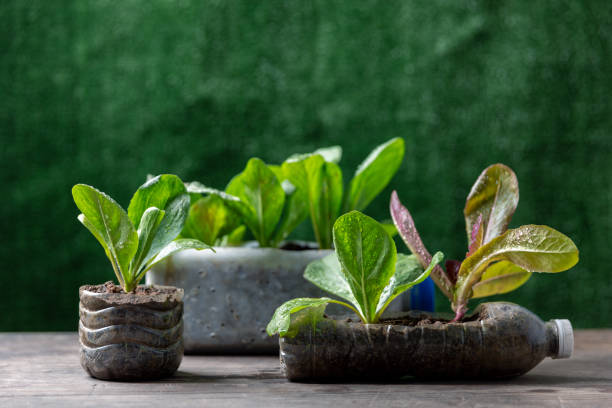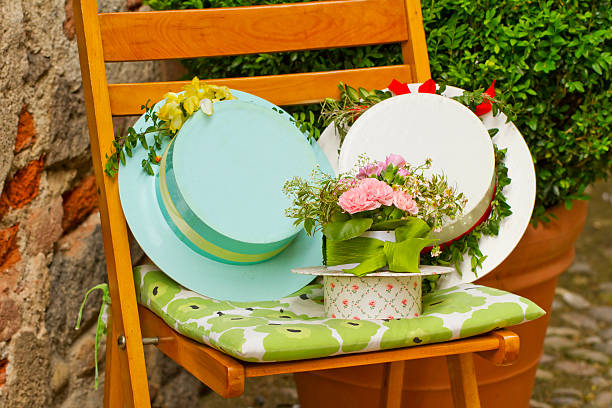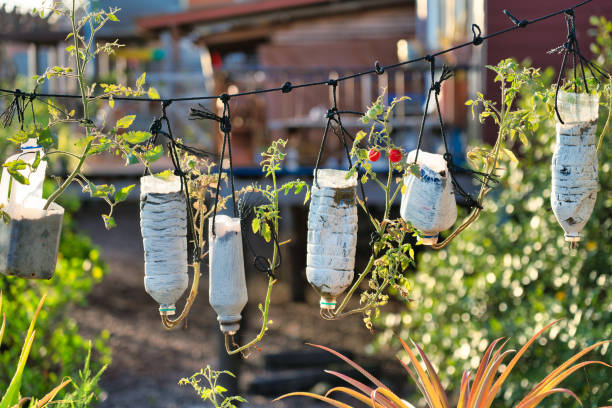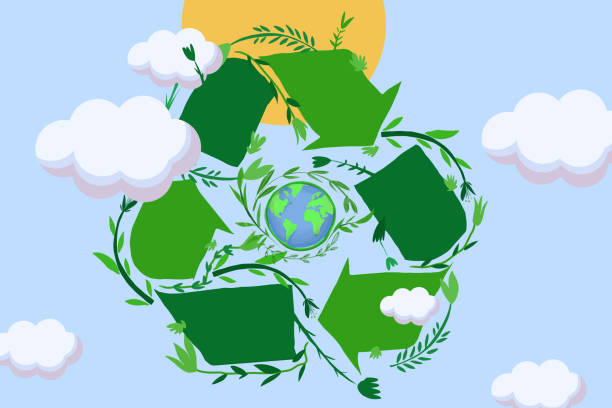In today’s world, sustainability has become a crucial part of our daily lives. With increasing concerns about environmental degradation and resource depletion, the concepts of recycling and upcycling have gained significant importance. Both practices not only help in reducing waste but also offer creative ways to repurpose materials that would otherwise end up in landfills. In this article, we will explore various recycling and upcycling projects that you can undertake to contribute to a more sustainable world.
Understanding Recycling and Upcycling
Recycling involves processing used materials and converting them into new products. This process often requires energy and resources to break down the materials and reconstitute them into a new form. Commonly recycled materials include paper, glass, plastic, and metal.
Upcycling, on the other hand, refers to the creative reuse of materials or products to create something of higher value or quality. Unlike recycling, which often involves breaking down materials, upcycling retains the original material’s form and repurposes it into a new product. This method highlights creativity and innovation, transforming waste into valuable, functional items.
Benefits of Recycling and Upcycling

Environmental Impact: Both recycling and upcycling help reduce the strain on natural resources. By reusing materials, we lessen the need for virgin resources, decreasing deforestation, mining, and pollution.
Waste Reduction: Recycling and upcycling significantly reduce the amount of waste that ends up in landfills. This not only helps in managing waste more effectively but also minimizes the environmental impact of landfills.
Energy Conservation: Recycling often requires less energy compared to producing new products from raw materials. Upcycling, being a less energy-intensive process, also conserves resources and reduces greenhouse gas emissions.
Economic Benefits: Recycling and upcycling can create new business opportunities and jobs. By fostering a culture of sustainability, businesses and individuals can contribute to the circular economy.
Creative Recycling Projects

1. Upcycled Furniture
Transforming old furniture into new, stylish pieces is a popular upcycling project. For instance, you can give an old wooden chair a fresh look by sanding it down and applying a new coat of paint. Adding new cushions or upholstery can also breathe new life into outdated furniture.
2. Recycled Paper Crafts
Old newspapers, magazines, and cardboard can be used to create various crafts. Papier-mâché projects, handmade greeting cards, and decorative paper bowls are just a few examples. These projects not only repurpose paper but also provide unique, handmade items.
3. Glass Jar Organizers
Glass jars can be reused for various organizational purposes. By decorating them with paint, fabric, or labels, you can create stylish storage containers for pantry items, office supplies, or craft materials. This simple project helps reduce glass waste and adds a touch of personal flair to your home.
4. Plastic Bottle Planters
Plastic bottles can be repurposed into planters for indoor or outdoor gardening. Cut the bottles in half, decorate them, and fill them with soil and plants. This project helps reduce plastic waste and offers a creative way to grow herbs, flowers, or small vegetables.
5. Metal Can Lanterns
Empty metal cans can be turned into charming lanterns. After removing the labels and cleaning the cans, puncture holes in the can to create a design, and then paint or wrap it in decorative materials. Place a candle or LED light inside, and you have a unique lantern for outdoor gatherings.
Innovative Upcycling Projects

1. T-Shirt Rugs
Old t-shirts that are no longer wearable can be transformed into colorful rugs. Cut the shirts into strips, braid or weave them together, and sew the strips into a rug shape. This project not only repurposes fabric but also adds a personalized touch to your home decor.
2. Wine Cork Bulletin Board
Wine corks can be used to create a functional and stylish bulletin board. Arrange the corks in a frame or on a backing board, and secure them in place. This upcycling project is perfect for keeping notes and photos organized while adding a rustic touch to your space.
3. Tin Can Wind Chimes
Empty tin cans can be repurposed into beautiful wind chimes. Paint or decorate the cans, then attach them to a wooden dowel or a branch using string or wire. The cans will create a pleasant tinkling sound when the wind blows, making for a charming garden decoration.
4. Old Ladder Bookshelf
An old wooden ladder can be transformed into a unique bookshelf. Simply clean the ladder, paint it if desired, and place it against a wall. You can use the rungs to hold books, plants, or decorative items, creating a visually interesting and functional piece of furniture.
5. Broken Jewelry into Art
Pieces of broken or unused jewelry can be upcycled into art pieces. Create a mosaic frame, decorate a mirror, or design a jewelry tree using the old jewelry. This project allows you to repurpose sentimental items and create beautiful, one-of-a-kind art.
Tips for Successful Recycling and Upcycling
1. Plan Ahead
Before starting a project, plan what materials you will need and how you will execute your ideas. This will help ensure that you have everything you need and can complete the project efficiently.
2. Get Creative
Think outside the box when it comes to repurposing materials. You can transform many items in unexpected ways. Let your creativity guide you in finding new uses for old materials.
3. Use Safe Practices
When a working with materials like glass, metal, or chemicals, make sure to use proper safety equipment and follow guidelines to avoid injuries.
4. Share and Inspire
Share your recycling and upcycling projects with others to inspire them to take on similar initiatives. Social media platforms and community groups can be great places to showcase your creations and spread awareness about sustainable practices.
5. Educate and Advocate
Advocate for recycling and upcycling within your community. Educating others about the benefits of these practices can help foster a culture of sustainability and encourage more people to participate.
Conclusion
The Recycling and upcycling projects offer a fantastic way to contribute to environmental conservation while unleashing your creativity. You can reduce waste and create unique, functional products by repurposing materials and finding new uses for discarded items. Whether you are upcycling old furniture, turning plastic bottles into planters, or crafting with paper, every project helps make a difference. Embrace these practices and inspire others to join in the journey toward a more sustainable and eco-friendly future.
FAQ
Q: What materials are best for upcycling?
A: Materials that are sturdy and have potential for creative transformation are ideal for upcycling. Common choices include old furniture, fabric, glass jars, plastic bottles, metal cans, and broken jewelry. The best materials often depend on the type of project you plan to undertake.
Q: How do I start a recycling project at home?
A: Start by identifying which materials you regularly dispose of and research ways to recycle them. Set up a recycling system at home with clearly labeled bins for paper, glass, plastic, and metal. Follow local recycling guidelines to ensure proper sorting and disposal.
Q: Are there any safety precautions I should take for upcycling projects?
A: Yes, safety is crucial. A Wear gloves and protective eyewear when handling sharp objects like glass and metal. If using chemicals, work in a well-ventilated area and follow the manufacturer’s safety instructions. Keep tools and materials out of reach of children.
Q: Can I upcycle items that are in poor condition?
A: Many people can upcycle items in poor condition. For example, they can repair and repaint old furniture, or turn t-shirts with holes into rugs.You can evaluate the item’s condition and decide if it can be transformed into something functional or decorative.
Q: Where can I find inspiration for recycling and upcycling projects?
A: Inspiration can be found in various places, including online platforms like Pinterest and Instagram, DIY blogs, and craft magazines. And Community workshops and local craft fairs can also offer creative ideas and resources for your projects.





